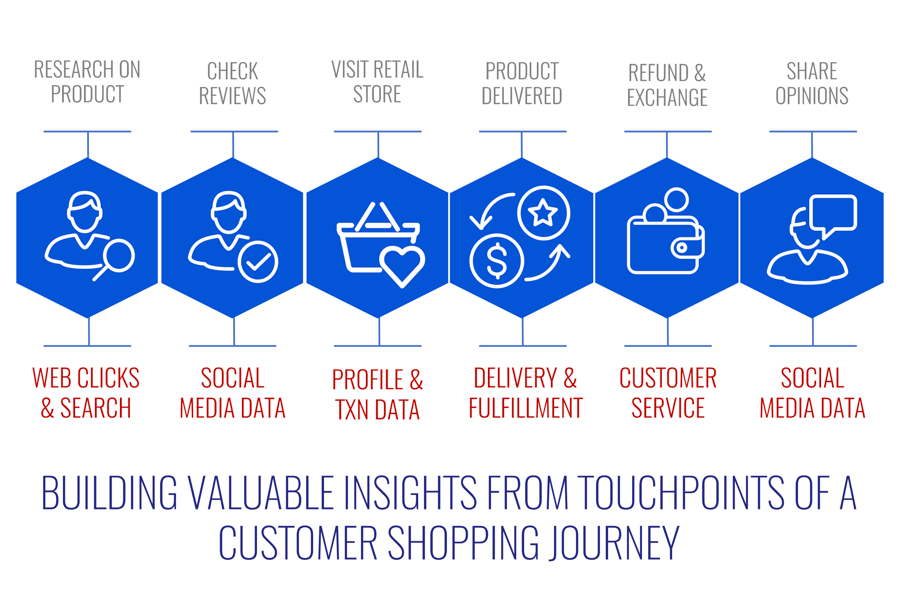In today’s digital world, consumers no longer need to make a trip to the physical store to research products, browse or even buy. The informed customers are now driving the retail agenda.
This phenomenon is a result of rising mobile technologies and social media adoption that allowed consumers to redefine how they want to engage brands, anytime, anywhere. Our online and offline experience will converge and brands need to adopt omni-channel strategy to advance their digital marketing practice. To achieve this goal, it depends on the sophistication level of your system integration, data management and campaign orchestration. Nevertheless, there are three important ingredients necessary to create your own omni-channel customer experience.

1. Design Your Omni-channel Buying Experience
Fulfilment for omni-channel marketing primarily aims to create an integrated buying experience. Whatever membership scheme (eg. tiers, points or hybrid) used, be sure to provide seamless experience for members to enjoy the benefits in online and offline channels. For instance, points earned should also be redeemable across online channels (like eShop app or Tmall) and retail stores.
A well-designed omni-channel buying experience can be a valuable tactic for prospect acquisition. Consider a lead who gave a positive comment on social media has just visited your website to browse the same product. This insights allow marketing automation engine to trigger an offer to entice him to complete his purchase decision. If the offer is not used after one week, an expiry reminder can be triggered allowing him to buy online and pick up the item at the retail store. When customers made purchases at retail store, new member welcome email can be automatically sent to ask for feedback about their shopping experience. Alternatively, customers may also share opinions to friends on social media. With this insight, we can auto-trigger an offer for their friends as referral campaign. In short, leverage on the data collected from different touchpoints to design your omni-channel experience that will lead to better customer loyalty and business profitability.
2. Create a 360 Customer View and Turn your data to Dialogue Opportunities
To build a successful omni-channel strategy, it is imperative to get all your data in one place. Connecting different sets of data like profile, online clicks, retail POS, social behaviours and eCommerce channels so that you can build seamless, personal, customer experiences across platforms and devices. In the process of choosing your solution, be sure to involve key stakeholders (IT, Sales, Marketing, Support etc.) in the organisation. You want to ensure requirements are carefully assessed to prepare the company with a future-proof architecture that will meet long term business goals.
3. Applying Layers of Business Intelligence logic to create your Customer Segments
With the data sources connected and mapped to create a single customer view, brands can begin to build valuable insights by segmenting the customer base for targeted marketing campaigns. One segmentation approach is using Recency, Frequency & Monetary (RFM) analysis to cluster customers into segments with different values and attributes. Similarly, you can also segment your customer base using the loyalty tiers of your CRM program to build data insights and design new touchpoints for enhancing customer experience. The ability to combine customer data to derive business intelligence will be fundamental in empowering all your omni-channel fulfilment and personalization strategies.
The resulting improvements of omni-channel experience ultimately come from a holistic view of customers made possible with data integration and delivered through solutions such as CRM & loyalty management, marketing automation and business intelligence. Ultimately, brands need to take an omni-channel approach towards planning fulfilment and personalisation strategies aided by technology to deliver an integrated experience that will achieve business goals.




